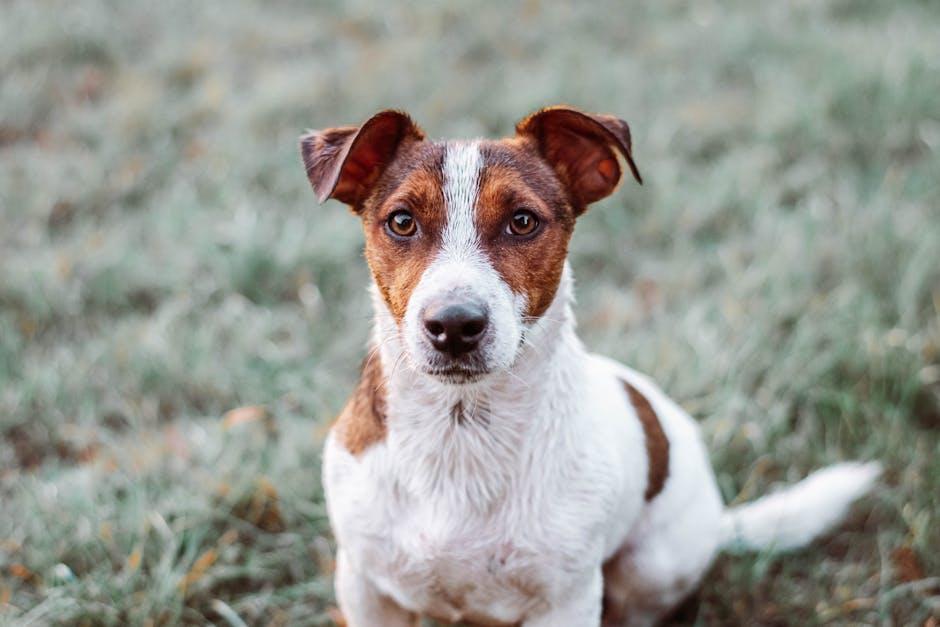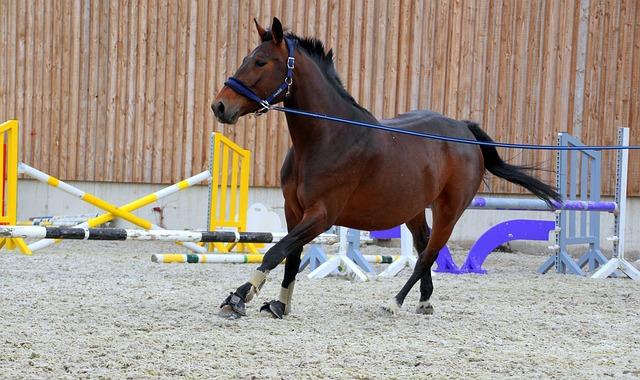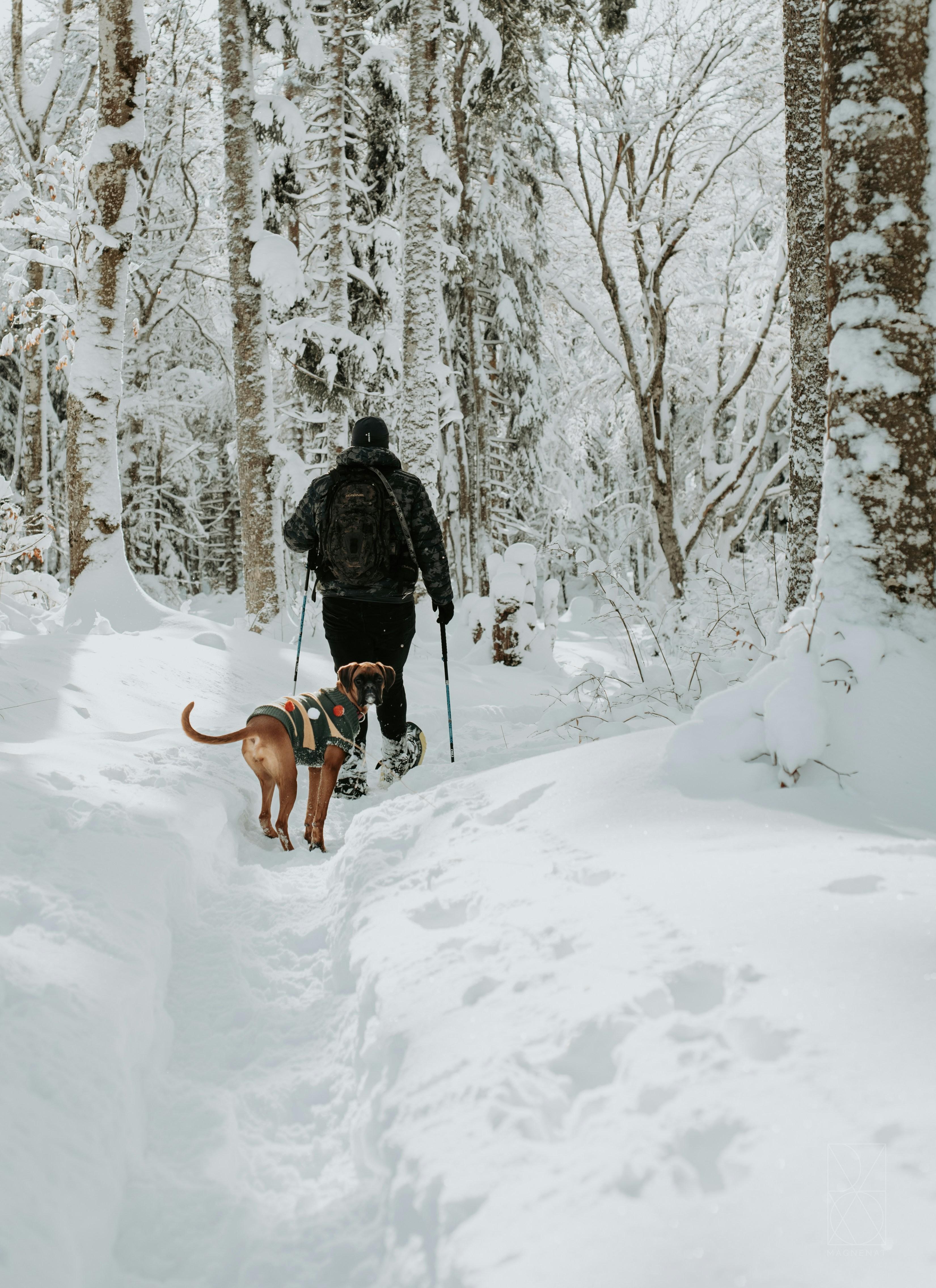How to Stop Your Dog From Lunging at People During Walks

Walking your dog should be a pleasant and relaxing experience for both you and your furry companion. However, when your dog begins lunging at people during walks, it can turn an enjoyable outing into a stressful ordeal. Understanding why your dog behaves this way is crucial to addressing the issue effectively. Whether it’s due to excitement, fear, or a lack of socialization, there are practical strategies you can employ to help curb this behavior. This article will guide you through step-by-step methods to stop your dog from lunging at people, ensuring safer and more enjoyable walks for everyone involved. By adopting these techniques, you can foster a calmer, more controlled walking experience that benefits both you and your dog.
Understanding the Root Causes of Lunging Behavior
To effectively address lunging behavior in dogs, it’s crucial to delve into the underlying reasons why your furry companion may act this way. Lunging can often be traced back to several core causes:
- Fear or Anxiety: Some dogs lunge because they feel threatened by unfamiliar people or situations. This reaction is a defense mechanism aimed at increasing distance from the perceived threat.
- Excitement: For some dogs, lunging is a manifestation of pent-up energy or excitement, especially if they are naturally exuberant or haven’t been adequately exercised.
- Frustration: Dogs who are eager to greet or interact with people may lunge out of frustration when restrained by a leash.
- Territorial Instincts: A protective nature might cause some dogs to lunge when they perceive an intrusion into their territory, even while on walks.
Understanding these triggers is the first step towards effectively managing and modifying this behavior. By identifying the specific cause in your dog’s case, you can tailor your training approach to meet their unique needs and ultimately ensure more peaceful and enjoyable walks.
Effective Training Techniques to Manage Lunging
To address lunging behavior effectively, it’s essential to employ training techniques that focus on both prevention and redirection. Consistency is key in reinforcing positive behavior and reducing anxiety or excitement that often triggers lunging. Start by teaching your dog the ”watch me” command, which redirects their attention back to you. Practice this command in a calm environment before gradually introducing more distractions.
- Positive Reinforcement: Reward your dog with treats or praise when they respond well to commands, particularly when they remain calm in situations that would typically trigger lunging.
- Desensitization: Gradually expose your dog to their triggers at a distance where they do not react. Slowly decrease the distance over time as your dog becomes more comfortable.
- Leash Training: Use a shorter leash to maintain control without causing discomfort. Practice loose-leash walking techniques to discourage pulling and lunging.
- Training Tools: Consider using harnesses or head collars designed to prevent lunging without causing harm.
By incorporating these techniques into your daily walks, you can help your dog learn to remain calm and focused, ultimately leading to more enjoyable outings for both of you.
Utilizing Positive Reinforcement to Encourage Calmness
Positive reinforcement can be a powerful tool in teaching your dog to remain calm during walks. This approach focuses on rewarding desirable behavior, which encourages your furry friend to repeat it. When your dog encounters a situation that typically causes them to lunge, like seeing another person, redirect their attention with a treat or a favorite toy. As soon as they focus on you instead of the distraction, reward them immediately. This creates a positive association with staying calm.
- Carry treats: Always have a supply of your dog’s favorite treats to reward calm behavior.
- Use a clicker: Consider using a clicker to mark the exact moment your dog exhibits the desired behavior.
- Consistency is key: Make sure everyone who walks your dog follows the same positive reinforcement techniques.
- Gradual exposure: Gradually increase the level of distraction as your dog becomes more comfortable.
By consistently rewarding calm behavior, your dog will begin to understand that staying composed leads to positive outcomes. Over time, this method can significantly reduce the instances of lunging, making walks more enjoyable for both you and your dog.

Implementing Consistent Walking Routines for Better Control
Establishing a consistent walking routine can be pivotal in curbing your dog’s impulsive behavior during walks. A regular schedule not only instills a sense of predictability for your furry friend but also sets a structured environment conducive to training. Routine is the cornerstone of any behavioral adjustment; it provides your dog with clear expectations and reduces anxiety. Start by setting a specific time each day for walks, ensuring that your dog knows when to anticipate this activity. A routine helps reinforce commands and actions, making it easier for your pet to understand what is expected of them.
Consider incorporating the following strategies into your daily walks to enhance control:
- Consistent Commands: Use the same commands every time. Words like “heel,” “stop,” or “sit” should be clear and consistent, providing your dog with straightforward instructions.
- Regular Routes: Begin with familiar paths to reduce external stimuli that might cause lunging. Gradually introduce new environments as your dog becomes more controlled.
- Positive Reinforcement: Reward your dog with treats or praise for calm behavior, reinforcing the actions you want to see repeated.
By integrating these strategies into your walking routine, you’ll not only enjoy more peaceful walks but also foster a stronger bond with your dog through mutual understanding and respect.



